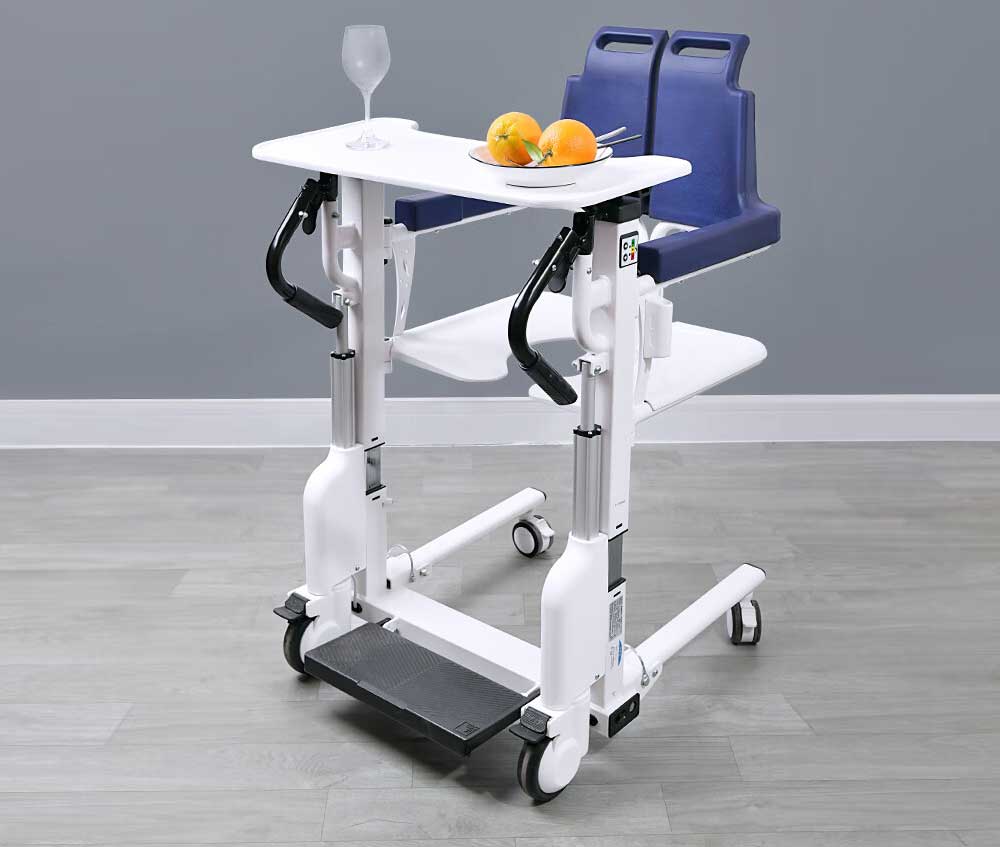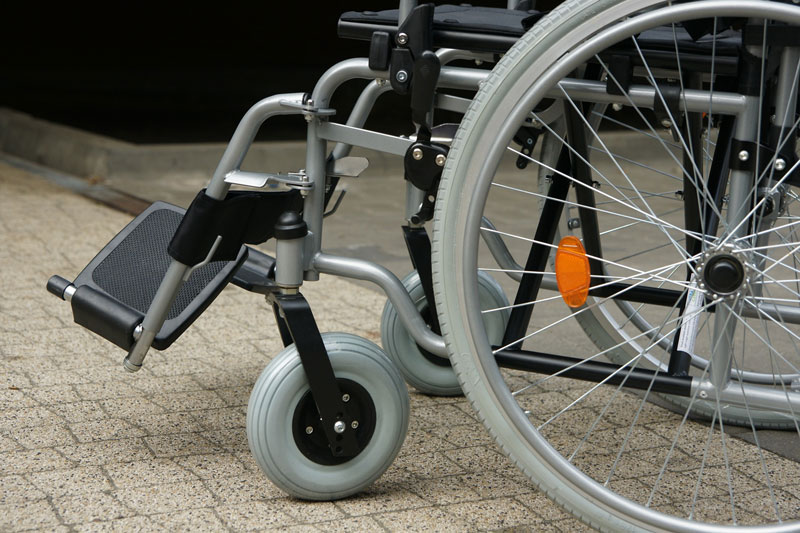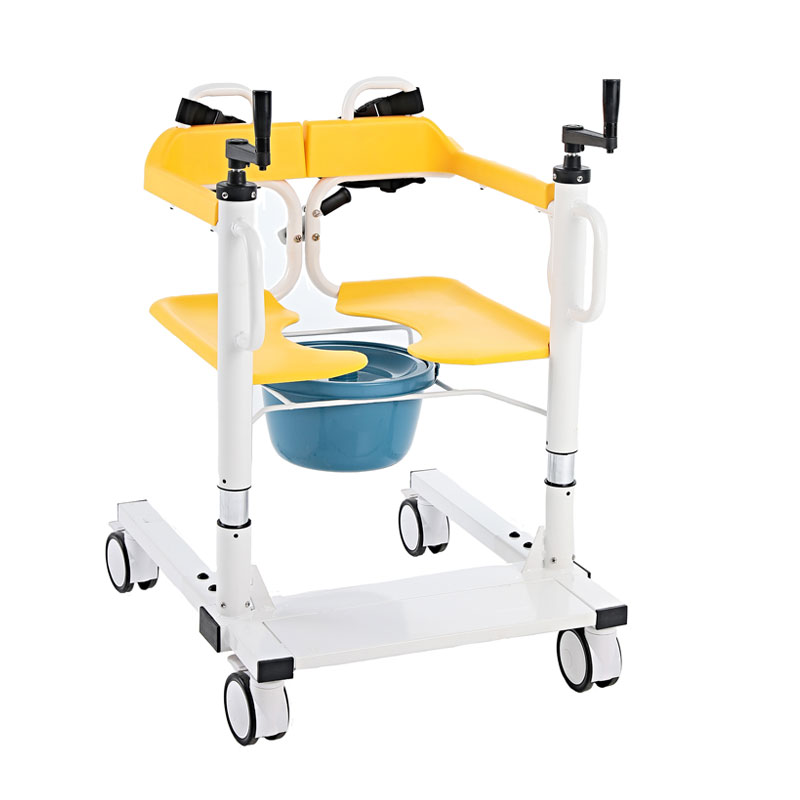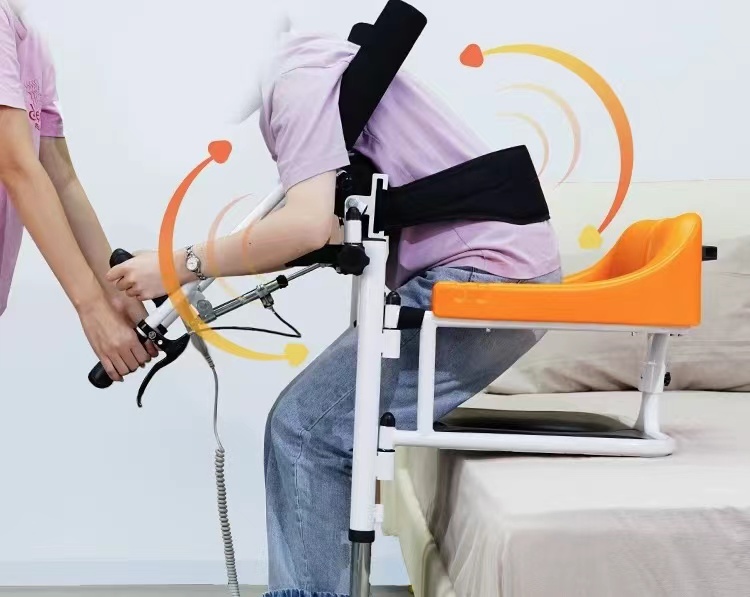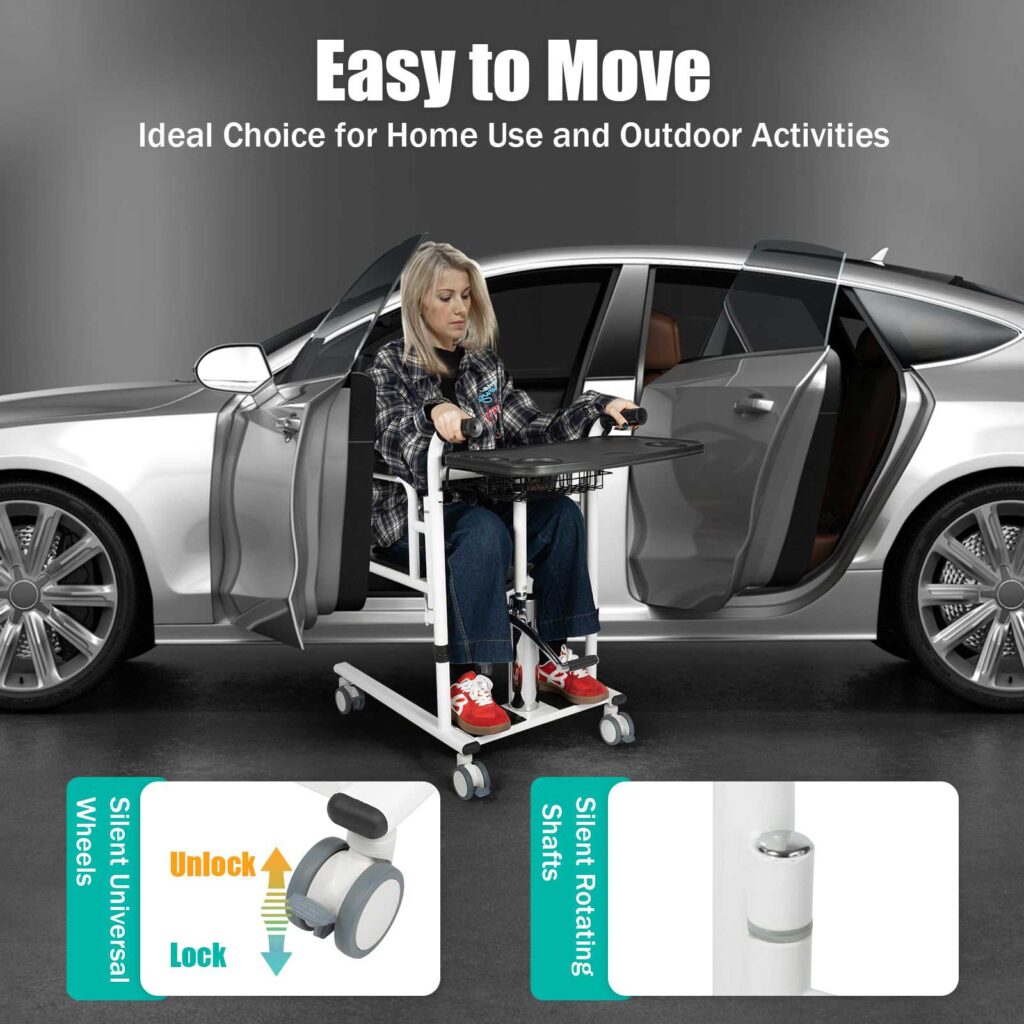Mobility challenges can significantly impact the quality of life for individuals with limited strength, balance, or mobility. Whether due to aging, injury, or chronic conditions, transferring between surfaces, such as from a bed to a wheelchair—can become a daunting and risky task. For caregivers, assisting with these transfers can also be physically demanding and stressful. This is where innovative solutions like the hydraulic transfer chair come into play.

Introduce of a hydraulic transfer chair.
A hydraulic transfer chair is a specialized mobility aid designed to make transfers safer, smoother, and more comfortable for both users and caregivers. Unlike traditional manual transfer methods, which often require significant physical effort and pose a risk of injury, a hydraulic transfer chair uses a hydraulic lift mechanism to effortlessly raise and lower the user. This not only reduces strain on caregivers but also enhances the dignity and independence of the user.
In this blog post, Ageally will dive deep into what a hydraulic transfer chair is, how it works, and why it’s becoming an essential tool for individuals with mobility challenges and their caregivers. Whether you’re exploring options for yourself, a loved one, or a care facility, understanding the benefits and features of this device can help you make an informed decision. Let’s explore how a hydraulic transfer chair can transform the way we approach mobility and care.
What is a Hydraulic Transfer Chair?
A hydraulic transfer chair is a specialized mobility device designed to assist individuals with limited mobility in safely and comfortably transferring between surfaces, such as from a bed to a wheelchair, a chair to a toilet, or even into a car. Unlike standard wheelchairs or manual transfer aids, this innovative piece of equipment incorporates a hydraulic lift mechanism, which uses fluid pressure to smoothly raise and lower the user with minimal physical effort from the caregiver.
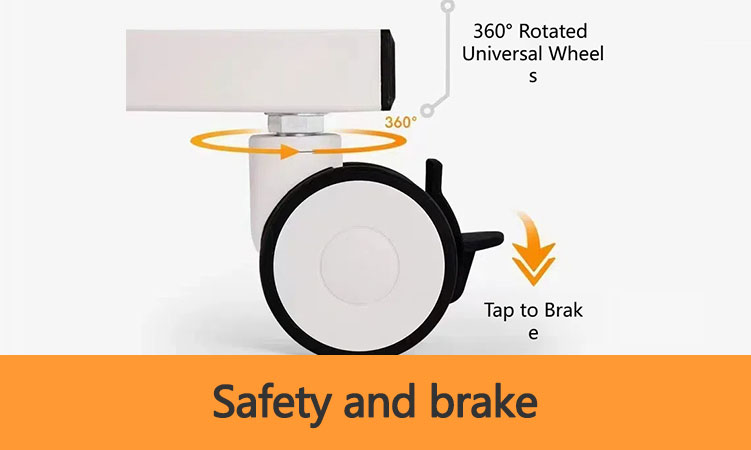
key components of a hydraulic transfer
At its core, a hydraulic transfer chair consists of a sturdy frame, a padded seat, and a hydraulic pump system. The chair is typically equipped with locking casters for stability during transfers, safety straps to secure the user, and armrests for added support. Some models also feature adjustable height settings, foldable designs for portability, and additional padding for enhanced comfort.
How hydraulic transfer differs from other mobility aids
What sets a hydraulic transfer chair apart from other mobility aids is its ability to combine ease of use with safety and independence. For example, while manual transfer boards or slings require significant physical strength and coordination, a hydraulic transfer chair simplifies the process by allowing the caregiver to operate the lift mechanism with minimal effort. This makes it an ideal solution for individuals with severe mobility limitations, such as those recovering from surgery, living with disabilities, or experiencing age-related frailty.
In essence, a hydraulic transfer chair is more than just a mobility aid, it’s a tool that empowers users to maintain their dignity and independence while providing caregivers with a safer, more efficient way to assist with transfers. Whether used in homes, hospitals, or care facilities, this device is revolutionizing the way we approach mobility challenges.
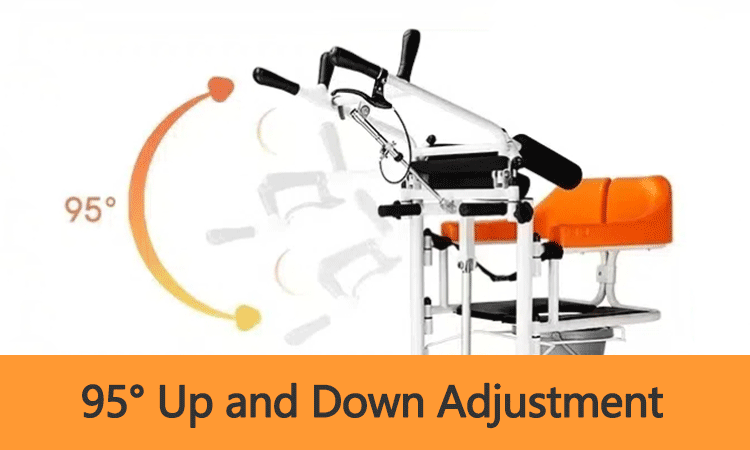
How Does a Hydraulic Transfer Chair Work?
The hydraulic transfer chair operates on a simple yet highly effective principle: using hydraulic power to lift and lower the user with ease and precision. This mechanism eliminates the need for manual lifting, reducing physical strain on caregivers and ensuring a safer, more comfortable experience for the user. Here’s a step-by-step breakdown of how it works:
Step-by-step process of using the chair for transfers
1. Hydraulic Lift Mechanism
At the heart of the chair is a hydraulic pump system, which relies on fluid pressure to generate lifting force. When the caregiver activates the pump (usually via a foot pedal or hand lever), the hydraulic fluid is compressed, creating pressure that pushes a piston upward. This action smoothly raises the chair’s seat and the user along with it.
2. Positioning the Chair
Before lifting, the chair is positioned close to the surface the user is transferring from (e.g., a bed or wheelchair). The locking casters ensure the chair remains stable during the transfer process. Safety straps are secured around the user to prevent slips or falls.
3. Lifting the User
Once the chair is in place, the caregiver activates the hydraulic lift. The seat rises gently, lifting the user to a height that aligns with the target surface (e.g., the bed or toilet). The hydraulic system allows for precise control, enabling the caregiver to stop and adjust the height as needed.
4. Transferring the User
With the user elevated, the caregiver can easily slide or pivot them onto the target surface. The smooth, controlled movement of the hydraulic system minimizes the risk of sudden jolts or instability, ensuring a safe and comfortable transfer.
5. Lowering the Chair
After the transfer is complete, the caregiver releases the hydraulic pressure, allowing the chair to lower slowly and smoothly back to its original position. The user can then be comfortably seated on the target surface, and the chair can be moved aside or prepared for the next use.
Key Features That Enhance Functionality
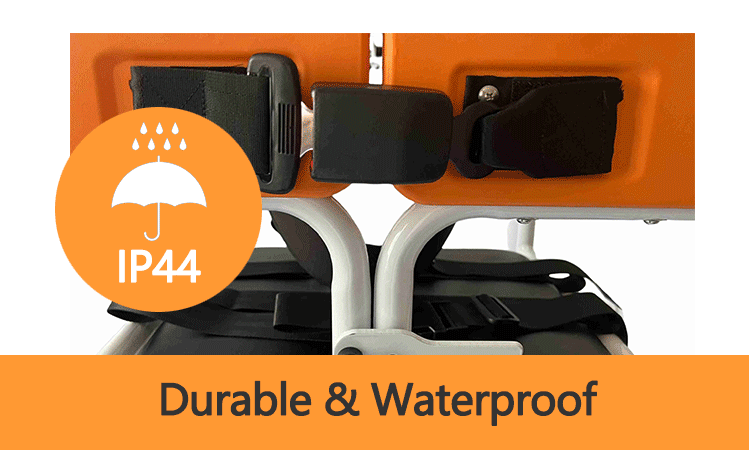
Smooth Operation: The hydraulic system ensures a fluid, jerk-free motion, reducing discomfort for the user.
Adjustable Height: Many models allow the caregiver to set the lifting height to match different surfaces.
Safety Mechanisms: Locking casters, safety straps, and padded armrests provide added security during transfers.
Ease of Use: The hydraulic pump is designed to be operated with minimal effort, making it accessible for caregivers of all strength levels.
Why Hydraulic Power?
Hydraulic systems are preferred for their reliability, precision, and ease of maintenance. Unlike electric or battery-powered lifts, hydraulic transfer chairs do not rely on external power sources, making them more versatile and cost-effective. Additionally, the smooth, controlled motion of hydraulics ensures a safer and more comfortable experience for the user.
A hydraulic transfer chair simplifies the transfer process by combining advanced engineering with user-friendly design. Its hydraulic lift mechanism not only reduces physical strain on caregivers but also enhances safety and comfort for individuals with mobility challenges. Whether used at home or in a care facility, this device is a game-changer for anyone involved in the transfer process.
Benefits of a Hydraulic Transfer Chair
A hydraulic transfer chair is more than just a mobility aid—it’s a transformative tool that enhances the quality of life for both users and caregivers. By combining advanced engineering with user-centric design, this device offers a wide range of benefits that make it an indispensable solution for individuals with mobility challenges.
Here are the key advantages of using a hydraulic transfer chair:
1. Reduces Caregiver Strain
One of the most significant benefits of a hydraulic transfer chair is its ability to minimize physical strain on caregivers. Traditional transfer methods, such as manual lifting or using transfer boards, often require substantial strength and can lead to back injuries or muscle strain over time. The hydraulic lift mechanism eliminates the need for heavy lifting, allowing caregivers to assist with transfers effortlessly and safely.
2. Enhances User Safety
Safety is a top priority when assisting individuals with limited mobility. A hydraulic transfer chair is designed with stability and security in mind. Features like locking casters, safety straps, and padded armrests ensure that the user remains secure during transfers. The smooth, controlled motion of the hydraulic system also reduces the risk of sudden movements or falls, providing peace of mind for both the user and the caregiver.
3. Promotes Independence and Dignity
For individuals with mobility challenges, maintaining independence and dignity is crucial. A hydraulic transfer chair empowers users by allowing them to participate in the transfer process with minimal assistance. The ability to move smoothly and safely between surfaces can boost confidence and improve overall well-being, fostering a sense of independence.
4. Versatile and Adaptable
Hydraulic transfer chairs are highly versatile and can be used in a variety of settings, including homes, hospitals, and care facilities. They are suitable for transferring between different surfaces, such as beds, wheelchairs, toilets, and even cars. Many models also feature adjustable height settings and foldable designs, making them adaptable to different user needs and environments.
5. Comfortable and User-Friendly
The padded seat and backrest of a hydraulic transfer chair ensure that users remain comfortable during transfers. The hydraulic lift mechanism operates quietly and smoothly, minimizing discomfort or anxiety for the user. Additionally, the chair’s intuitive design makes it easy for caregivers to operate, even with minimal training.
6. Cost-Effective and Low Maintenance
Compared to electric or battery-powered transfer devices, hydraulic transfer chairs are more cost-effective and require less maintenance. They do not rely on external power sources, making them reliable and easy to use in any setting. The hydraulic system is also durable and designed to withstand frequent use, ensuring long-term value.
7. Improves Quality of Life
By simplifying the transfer process, a hydraulic transfer chair can significantly improve the quality of life for both users and caregivers. It reduces the physical and emotional stress associated with mobility challenges, allowing users to focus on enjoying their daily activities and maintaining their independence.
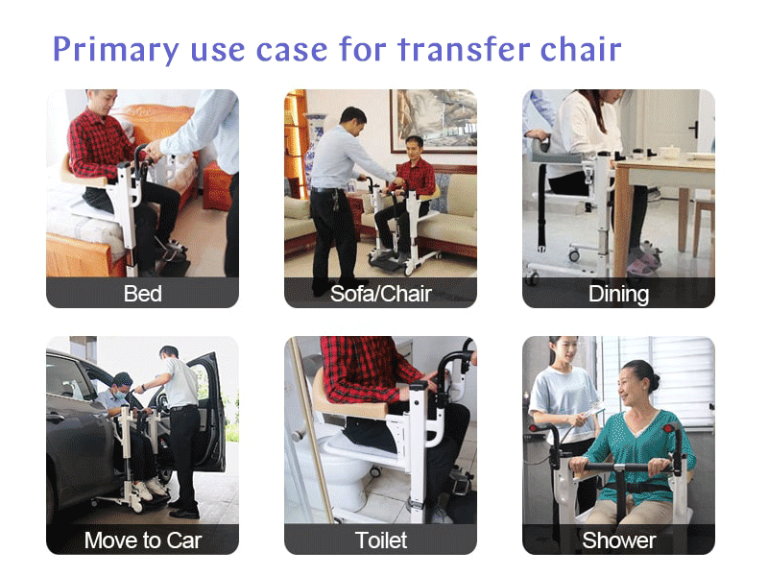
Real-Life Applications
- Post-Surgery Recovery: Patients recovering from surgeries, such as hip replacements, can benefit from the smooth and safe transfers provided by a hydraulic chair.
- Chronic Conditions: Individuals with conditions like multiple sclerosis (MS), ALS, or spinal cord injuries can use the chair to maintain mobility and reduce reliance on caregivers.
- Aging Population: Elderly individuals with age-related mobility issues can use the chair to move safely and comfortably between surfaces.
A hydraulic transfer chair offers a wide range of benefits that make it an essential tool for individuals with mobility challenges and their caregivers. From reducing physical strain to enhancing safety and promoting independence, this device is a game-changer in the world of mobility aids. Whether used at home or in a care facility, a hydraulic transfer chair can transform the way we approach transfers, making them safer, easier, and more dignified for everyone involved.
Who Can Benefit from a Hydraulic Transfer Chair?
A hydraulic transfer chair is a versatile and invaluable tool designed to assist individuals with a wide range of mobility challenges. Its unique combination of safety, comfort, and ease of use makes it an ideal solution for various users, from those recovering from surgery to individuals living with chronic conditions.
Here’s a closer look at who can benefit from this innovative mobility aid:

1. Elderly Individuals
As people age, mobility often becomes a challenge due to weakened muscles, joint pain, or conditions like arthritis. A hydraulic transfer chair can help elderly individuals move safely and comfortably between surfaces, such as from a bed to a wheelchair or a chair to a toilet. It reduces the risk of falls and provides much-needed support, allowing seniors to maintain their independence and dignity.
2. Post-Surgery Patients
Recovering from surgery, especially procedures like hip or knee replacements, can make even simple movements painful and difficult. A hydraulic transfer chair offers a safe and gentle way for patients to transfer between surfaces without putting undue strain on their healing bodies. It also minimizes the risk of injury during the recovery process, making it an essential tool for post-surgery care.
3. Individuals with Disabilities
People living with disabilities, such as spinal cord injuries, multiple sclerosis (MS), or cerebral palsy, often face significant mobility challenges. A hydraulic transfer chair can provide the support they need to move safely and comfortably, reducing their reliance on caregivers and enhancing their quality of life. The chair’s smooth, controlled motion is particularly beneficial for individuals with limited strength or coordination.
4. Those with Chronic Conditions
Chronic conditions like Parkinson’s disease, ALS, or severe arthritis can make transfers between surfaces a daunting task. A hydraulic transfer chair can alleviate the physical strain and discomfort associated with these conditions, allowing users to move with greater ease and confidence. Its stability and safety features are especially valuable for individuals with balance issues or muscle weakness.
5. Caregivers and Family Members
While the primary users of hydraulic transfer chairs are individuals with mobility challenges, caregivers and family members also benefit significantly. The chair reduces the physical strain of assisting with transfers, lowering the risk of injury and making caregiving more manageable. It also provides peace of mind, knowing that their loved ones can move safely and comfortably.
6. Rehabilitation Centers and Care Facilities
Hydraulic transfer chairs are widely used in rehabilitation centers, nursing homes, and hospitals. They provide a safe and efficient way to assist patients with transfers, improving the overall quality of care. Their durability and ease of use make them a practical choice for facilities that need reliable equipment for frequent use.
7. Individuals with Temporary Mobility Issues
Not all mobility challenges are permanent. Individuals recovering from injuries, such as broken bones or severe sprains, can benefit from a hydraulic transfer chair during their healing process. It provides the support they need to move safely while minimizing the risk of further injury.
Why a Hydraulic Transfer Chair is a Game-Changer
- Promotes Independence: By simplifying the transfer process, the chair empowers users to maintain their independence and participate more actively in daily life.
- Enhances Safety: The chair’s stability and safety features reduce the risk of falls and injuries, providing peace of mind for both users and caregivers.
- Improves Quality of Life: With easier and safer transfers, users can focus on enjoying their daily activities rather than struggling with mobility challenges.
Key Features to Look for in a Hydraulic Transfer Chair
When choosing a hydraulic transfer chair, it’s essential to consider the features that will best meet the needs of the user and caregiver. A well-designed chair can make transfers safer, more comfortable, and more efficient. Here are the key features to look for when selecting a hydraulic transfer chair:
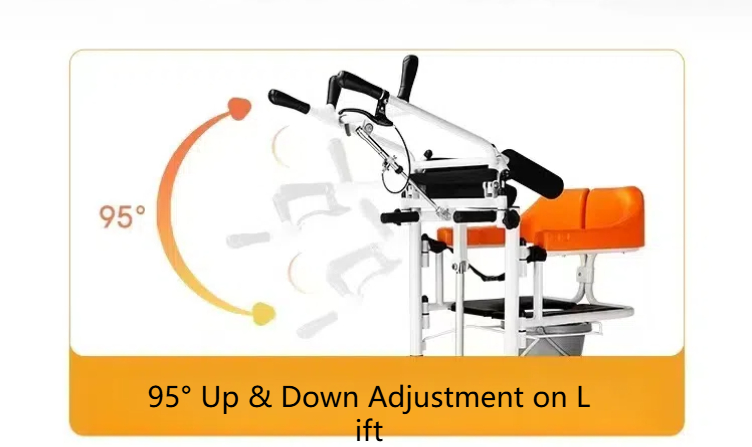
1. Hydraulic Lift Mechanism
The hydraulic system is the heart of the chair, providing smooth and controlled lifting and lowering. Look for a chair with a reliable hydraulic pump that operates quietly and requires minimal effort to use. The mechanism should allow for precise height adjustments to accommodate different transfer surfaces, such as beds, wheelchairs, or toilets.
2. Weight Capacity
Ensure the chair has a weight capacity that comfortably supports the user. Most hydraulic transfer chairs can accommodate weights ranging from 250 to 500 pounds, but it’s crucial to check the specifications to ensure safety and durability.
3. Adjustable Height
An adjustable height feature allows the chair to be customized to match the height of various surfaces, such as beds, chairs, or toilets. This ensures a seamless transfer process and reduces the risk of strain or injury for both the user and caregiver.
4. Safety Features
Safety is paramount when assisting with transfers. Look for chairs with:
Locking casters: These keep the chair stable during transfers.
Safety straps: These secure the user in place, preventing slips or falls.
Padded armrests and seat: These provide added comfort and support.
5. Portability and Storage
If the chair will be used in multiple locations or needs to be stored when not in use, consider a model with a foldable design. Foldable chairs are easier to transport and store, making them ideal for home use or travel.
6. Comfort and Ergonomics
A comfortable chair is essential for users who may spend extended periods sitting during transfers. Look for features like:
Padded seating: Ensures comfort during transfers.
Ergonomic design: Supports proper posture and reduces discomfort.
Breathable materials: Prevents overheating during use.
7. Ease of Use
The chair should be easy for caregivers to operate, even with minimal training. Features like intuitive controls, smooth hydraulic operation, and lightweight construction can make the transfer process more efficient and less physically demanding.
8. Durability and Build Quality
A hydraulic transfer chair is an investment, so it’s important to choose a model made from high-quality materials that can withstand frequent use. Look for chairs with sturdy frames, rust-resistant finishes, and durable upholstery.
9. Additional Features
Some hydraulic transfer chairs come with extra features that enhance functionality and convenience, such as:
Storage compartments: For holding personal items or medical supplies.
Detachable footrests: For added comfort and ease of transfer.
Swivel casters: For improved maneuverability in tight spaces.
How to Choose the Right Chair
- Assess the User’s Needs: Consider the user’s weight, height, and specific mobility challenges.
- Evaluate the Caregiver’s Requirements: Ensure the chair is easy for the caregiver to operate and store.
- Test the Chair: If possible, try out the chair to ensure it meets comfort and functionality standards.
- Read Reviews: Look for feedback from other users to gauge the chair’s performance and reliability.
Maintenance and Safety Tips for Hydraulic Transfer Chairs
A hydraulic transfer chair is a valuable investment in safety and mobility, but like any piece of equipment, it requires proper maintenance and safe usage to ensure its longevity and effectiveness. By following these maintenance and safety tips, you can keep the chair in optimal condition and minimize risks for both users and caregivers.
Maintenance Tips
Regular Inspections
- Check the chair’s hydraulic system, frame, and moving parts for signs of wear or damage.
- Look for leaks in the hydraulic fluid, loose bolts, or frayed straps, and address any issues immediately.
Clean the Chair Regularly
- Wipe down the chair with a damp cloth and mild detergent to remove dirt and debris.
- Avoid using harsh chemicals that could damage the upholstery or hydraulic components.
Lubricate Moving Parts
- Apply lubricant to the chair’s casters, hinges, and hydraulic pump as needed to ensure smooth operation.
- Follow the manufacturer’s guidelines for the type of lubricant to use.
Check the Hydraulic Fluid
- Inspect the hydraulic fluid levels periodically and top up if necessary.
- If you notice a drop in performance or fluid leaks, consult the user manual or contact the manufacturer for assistance.
Store Properly
- If the chair is foldable, store it in a dry, clean area to prevent rust or damage.
- Avoid exposing the chair to extreme temperatures or moisture, which can affect its performance.
Follow the Manufacturer’s Guidelines
- Refer to the user manual for specific maintenance instructions and recommended service intervals.
- Schedule professional servicing if required to keep the chair in top condition.
Safety Tips
Secure the User Properly
- Always use the safety straps to secure the user during transfers.
- Ensure the straps are snug but not too tight, and check for proper positioning to prevent slips or falls.
Lock the Casters
- Before lifting or transferring the user, engage the locking casters to keep the chair stable.
- Double-check that the locks are secure to prevent accidental movement.
Operate the Hydraulic System Carefully
- Use the hydraulic pump smoothly and avoid sudden movements to ensure a safe and comfortable transfer.
- Do not exceed the chair’s weight capacity, as this can damage the hydraulic system and compromise safety.
Position the Chair Correctly
- Align the chair with the target surface (e.g., bed, toilet, or wheelchair) before beginning the transfer.
- Ensure there is enough space to maneuver the chair safely.
Train Caregivers Properly
- Provide caregivers with thorough training on how to operate the chair, including lifting, lowering, and locking mechanisms.
- Emphasize the importance of following safety protocols to prevent accidents.
Monitor the User’s Comfort
- Check that the user is seated comfortably and securely before and after the transfer.
- Adjust the chair’s height or positioning as needed to ensure a smooth transition.
Inspect Before Each Use
- Before using the chair, perform a quick inspection to ensure all components are functioning correctly.
- Look for any signs of damage or wear that could affect safety.
A hydraulic transfer chair is more than just a mobility aid—it’s a transformative tool that enhances safety, comfort, and independence for individuals with mobility challenges while reducing the physical strain on caregivers. By leveraging the power of a hydraulic lift mechanism, this innovative device simplifies the transfer process, making it smoother, safer, and more dignified for everyone involved.
Throughout this blog post, we’ve explored what a hydraulic transfer chair is, how it works, and the many benefits it offers. From reducing caregiver strain and enhancing user safety to promoting independence and improving quality of life, this device is a game-changer for individuals recovering from surgery, living with disabilities, or facing age-related mobility issues.
We’ve also discussed the key features to look for when choosing a hydraulic transfer chair, such as adjustable height, safety straps, and portability, as well as essential maintenance and safety tips to ensure its longevity and reliability. Whether you’re a caregiver, a family member, or someone exploring mobility solutions for yourself, understanding these aspects can help you make an informed decision.
In a world where mobility challenges can feel overwhelming, a hydraulic transfer chair offers a practical and empowering solution. It bridges the gap between dependence and independence, providing users with the support they need to move confidently and caregivers with the tools to assist effectively.
If you or a loved one is struggling with transfers, consider the hydraulic transfer chair as a reliable and compassionate option. It’s not just a piece of equipment—it’s a step toward a safer, more comfortable, and more fulfilling life.
Yes, many manufacturers offer customization options for hydraulic transfer chairs. You can often choose features like seat width, additional padding, specialized footrests, or even specific colors. If you have unique requirements, such as bariatric needs or specific medical conditions, look for chairs designed to accommodate those needs.
Some manufacturers and retailers offer trial periods, allowing you to test the chair in real-life scenarios before committing to a purchase. Be sure to check the return policy and any associated fees before making a decision.
Coverage varies depending on your insurance provider and policy. Medicare or private health insurance may cover part or all of the cost if the chair is deemed medically necessary. Contact your insurance provider to confirm eligibility and learn about any required documentation, such as a prescription or letter of medical necessity from a healthcare provider.
A good warranty should cover defects in materials and workmanship for a reasonable period, typically 1-2 years. Look for warranties that include the hydraulic system, frame, and other critical components. Be sure to read the fine print to understand what is and isn’t covered.
If you plan to use the chair outdoors, look for models made with rust-resistant materials (e.g., aluminum or stainless steel) and weatherproof upholstery. Additionally, ensure the casters are suitable for outdoor surfaces, such as gravel or grass.
Yes, many manufacturers provide instructional videos, user manuals, or even in-person training sessions to help caregivers and users operate the chair safely and effectively. Some healthcare providers, such as physical therapists, may also offer training on proper usage.
Common accessories include:
Seat cushions: For added comfort during transfers.
Storage bags or pouches: To hold personal items or medical supplies.
Replacement parts: Such as casters, straps, or hydraulic components.
Detachable footrests: For easier transfers and added comfort.
Regularly inspect the hydraulic system for leaks or damage, and check the fluid levels as recommended by the manufacturer. If you notice any issues, consult the user manual or contact the manufacturer for assistance. Avoid overloading the chair, as this can strain the hydraulic system.
Yes, many hydraulic transfer chairs are designed to accommodate bariatric users, with higher weight capacities (often up to 500 pounds or more) and reinforced frames. Look for chairs specifically labeled as bariatric models to ensure safety and durability.
If the chair malfunctions, first consult the user manual for troubleshooting tips. If the issue persists, contact the manufacturer or retailer for support. If the chair is under warranty, repairs or replacements may be covered.
Consider the user’s height, weight, and body shape when selecting a chair. Look for chairs with adjustable features, such as seat height and width, to ensure a proper fit. If possible, test the chair before purchasing to confirm comfort and usability.
Many hydraulic transfer chairs feature a foldable design, making them easy to store in small spaces, such as closets or car trunks. If storage space is a concern, look for models that are lightweight and compact when folded.
Hydraulic transfer chairs are designed for use on flat, stable surfaces. Using the chair on uneven or slippery surfaces can compromise safety. If you need to transfer on uneven terrain, consider a specialized mobility aid designed for such conditions.
Perform a quick inspection before each use to check for loose bolts, frayed straps, or hydraulic leaks. Conduct a more thorough inspection every few months, or as recommended by the manufacturer, to ensure all components are in good working condition.
A hydraulic transfer chair uses a manual hydraulic pump to lift and lower the user, while an electric lift chair relies on a motorized system. Hydraulic chairs are typically more affordable and require less maintenance, but electric chairs may be easier to operate for some users.
